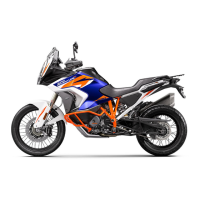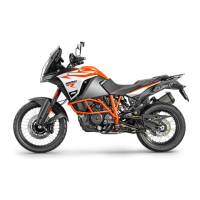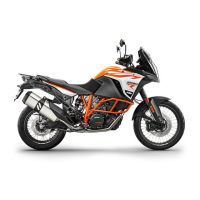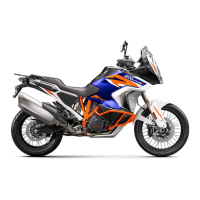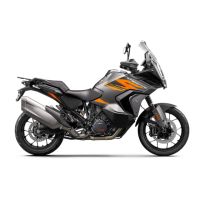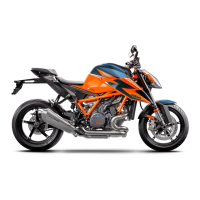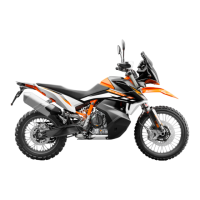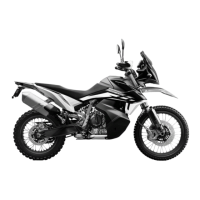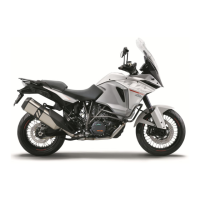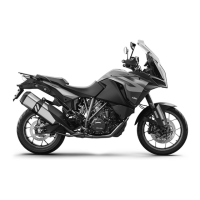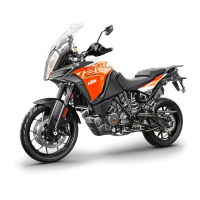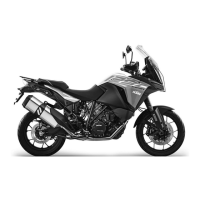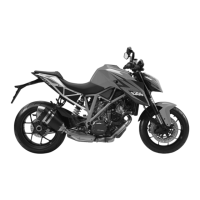What does it mean if the RACE ON indicator light flashes seven times on my KTM 1290 SUPER ADVENTURE R 2021?
- AAngela TorresSep 7, 2025
If the RACE ON indicator light on your KTM Motorcycle flashes seven times, it means the anti-relay attack mode on the RACE ON key could not be activated. To solve this, switch the ignition on and off again while the RACE ON key is within range of the vehicle.
